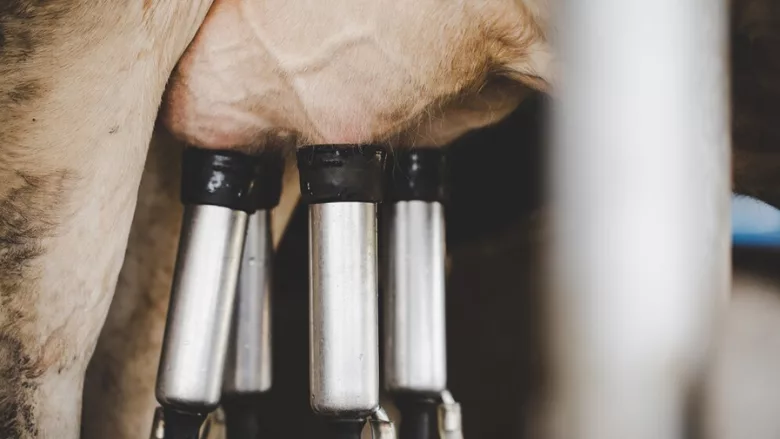USDA to Test Bulk Milk Samples for HPAI H5N1

Image credit: jcomp via Freepik
The U.S. Department of Agriculture’s Animal and Plant Health Inspection Service (USDA’s APHIS) has announced its plans to enhance testing and monitoring for Highly Pathogenic Avian Influenza (HPAI) H5N1 in milk samples, to gain a better understanding of where HPAI H5N1 is present. The findings will inform biosecurity and containment measures, as well state-led efforts to reduce risk to farm workers who may be in contact with infected animals.
Since HPAI H5N1 was first detected in U.S. dairy cattle in March 2024, USDA and its state and federal regulatory partners have taken actions, such as requiring testing of cattle before interstate movement, which has helped mitigate the spread of the virus into new states. USDA reports that, in October, the number of states with known avian influenza detections in dairy herds has dropped from 14 to two. However, USDA believes that additional steps are needed to proactively support effective biosecurity measures, which are key for states and farmers to contain and eliminate H5N1 infections from their livestock.
For HPAI H5N1, USDA will build upon its precedent with bulk milk testing, such as the use of bulk milk testing to eradicate brucellosis from dairy herds. Additionally, Colorado implemented statewide bulk milk testing after H5N1 was detected in dairy herds in two counties, and the most recent statewide testing has not detected any evidence of H5N1 in any herds in the state. In the coming weeks, USDA will work with regions and states that are ready to assist in expanding bulk milk testing.
USDA is working closely with state and private veterinary groups to carry out bulk milk testing. USDA plans to first sample milk in bulk at the regional level, with additional testing at the farm level if necessary, until herds in an area are determined to be free of the virus. Guidance documents for implementation will be shared in the near future.
Data collected over the past seven months shows that HPAI H5N1 can be transmitted on equipment, people, or other items that move from farm to farm, including between dairies and poultry facilities. USDA emphasizes that farm biosecurity is the best weapon against the spread of the virus, and that farms should practice good biosecurity even if it has not been detected in their state or vicinity.
USDA is also supporting the rapid development and timely approval of an HPAI H5N1 vaccine for dairy cows, in addition to other species, with two vaccines for dairy cows currently undergoing field trials.
Additionally, on October 30, USDA and the Oregon Department of Agriculture announced the first detection of HPAI H5N1 in swine in the U.S., which was detected in a non-commercial farm operation in Oregon. USDA and the U.S. Centers for Disease Control and Prevention have not found any recent changes to the virus that increase the risk of transmission from animals to humans or between people.
Looking for quick answers on food safety topics?
Try Ask FSM, our new smart AI search tool.
Ask FSM →









